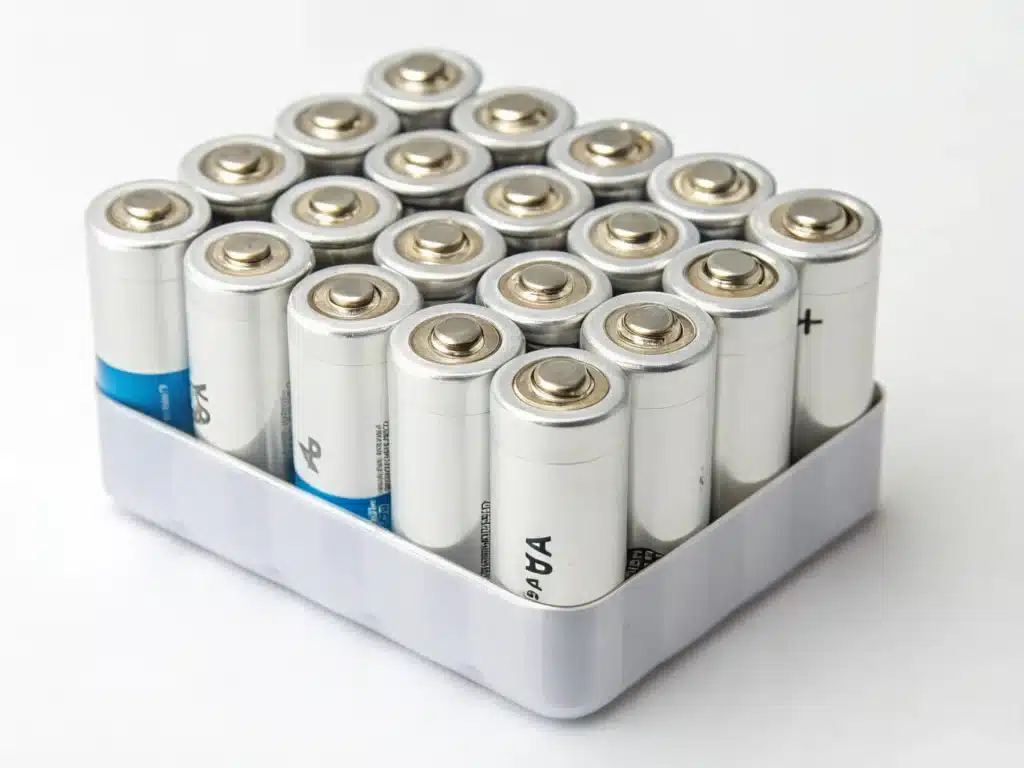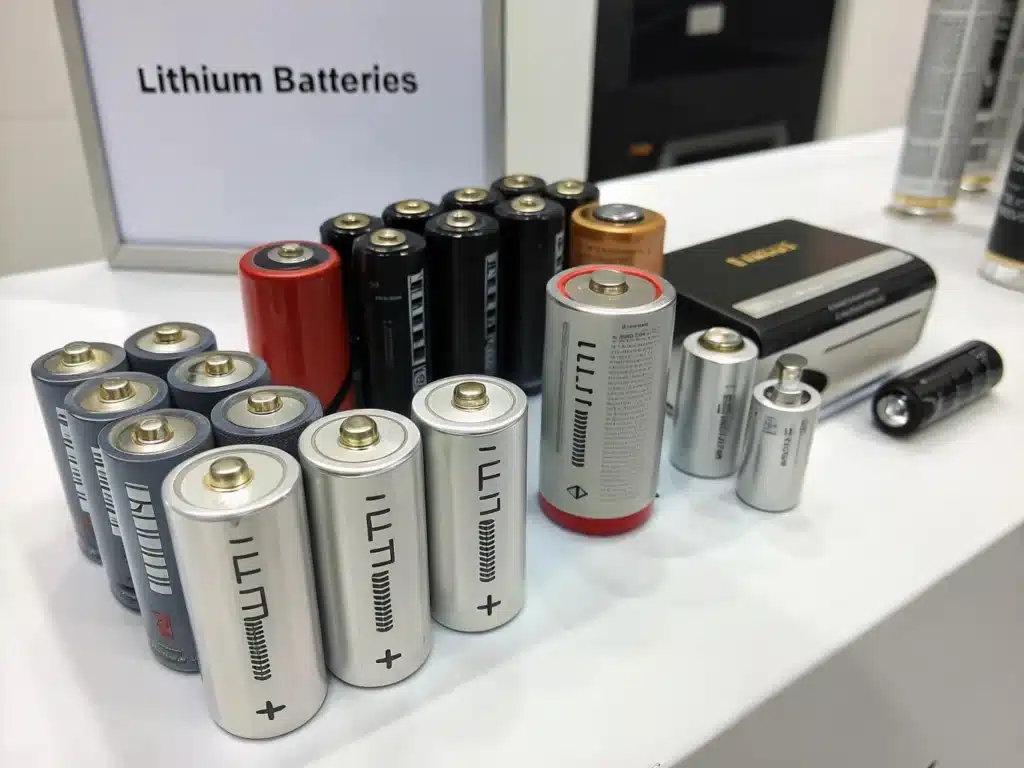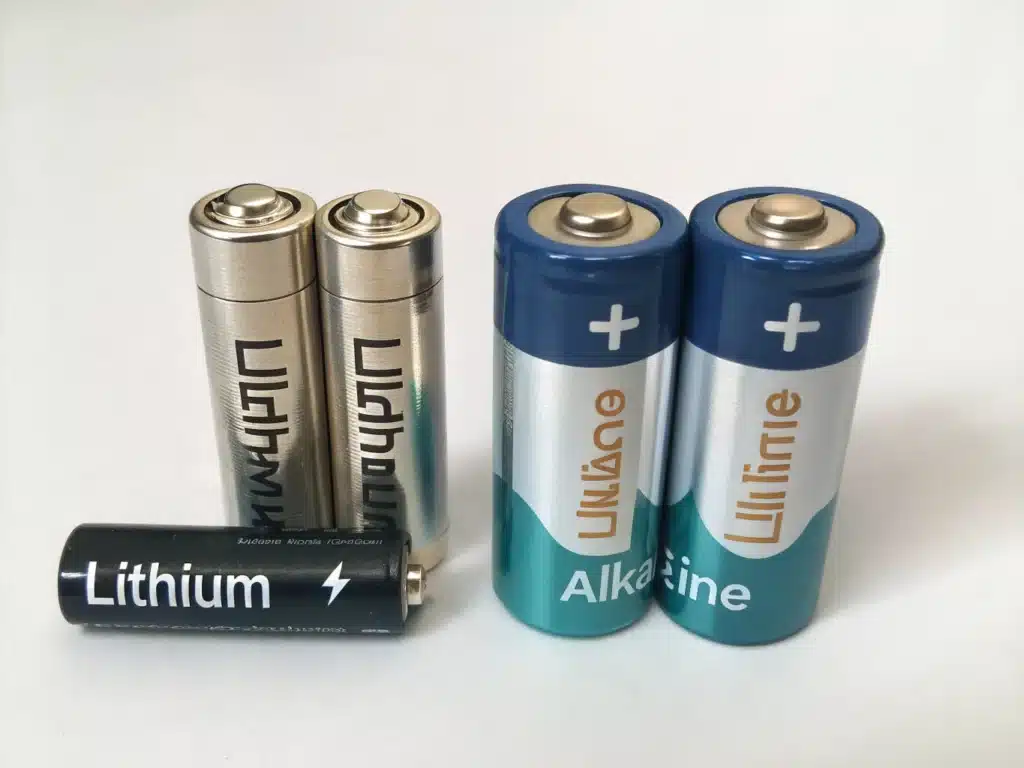Many of us have experienced this moment: a game controller suddenly stops working, a wireless mouse suddenly loses connection, or a flashlight that is in great need of illumination becomes dim. When replacing batteries for these commonly used devices, we often face a choice: should we choose disposable alkaline batteries that are readily available and can be thrown away after use, or should we consider rechargeable lithium-ion batteries that require a slightly higher initial investment but can be recharged hundreds of times, especially those that can directly replace AA/AAA batteries?
This article aims to clearly analyze the core differences between the two batteries, and ultimately provide you with comprehensive information to help you make the most informed and appropriate choice based on your device needs, usage frequency, and budget.
Table of Contents
ToggleWhat are alkaline batteries
Alkaline batteries are disposable batteries that need to be thrown away when the power is used up and cannot be recharged. However, they are cheap and can be easily purchased in many stores. However, because they are not powerful enough, they are often used in low-power household devices.

What are lithium-ion batteries
Lithium battery is a rechargeable battery. Due to its high energy density and high voltage, it is often built into electronic products to provide a source of power for high-power devices.

In-Depth Comparison: alkaline battery vs lithium ion
Next, we will compare the differences between these two batteries in detail in several key aspects, the core of which lies in the difference between “rechargeable” and “disposable”.

Cost
In the short term: Alkaline batteries are very cheap and can be bought for a few dollars. Lithium-ion rechargeable batteries (especially AA/AA batteries, which also require a charger) have a much higher one-time investment.
Long-term use: Alkaline batteries have to be thrown away after use, so you have to keep buying new ones. Although lithium-ion batteries are expensive at first, because they can be recharged and used over 500 times, the average cost per use will be much lower than buying new alkaline batteries all the time.
Performance
Voltage: The voltage of lithium-ion rechargeable batteries is usually very stable before they are almost exhausted, keeping your device in good working condition. However, the voltage of alkaline batteries will gradually decrease with use, and the performance of the device may also decline, such as the flashlight becoming dimmer.
Power: Lithium-ion batteries can deliver a very strong current at once. This is important for devices that consume a lot of power (such as camera flashes and electronic toys), allowing them to operate better.
Battery life: In devices with high power consumption, a fully charged lithium-ion battery will last longer than an alkaline battery. But in devices with low power consumption (such as remote controls and clocks), the difference may not be noticeable, and sometimes alkaline batteries may even last a little longer.
Lithium-ion batteries generally work better than alkaline batteries in low-temperature environments. However, please note that lithium-ion batteries have temperature requirements when charging, and they may not charge if the temperature is too high or too low.
Convenience
Alkaline batteries can be purchased at convenience stores and can be used directly and thrown away after use. However, lithium batteries may need to be charged before use, and a matching charger is required.
Lithium vs alkaline battery life
Lithium batteries can be recharged and used hundreds or even thousands of times. However, their total capacity will gradually decrease with the increase of charge and discharge times and the passage of time. Alkaline batteries can only be used once and are completely scrapped when the power is used up.
Environmental impact
Alkaline batteries become garbage every time they are used up. Although alkaline batteries contain fewer harmful substances, they are large in number, so handling them is still a problem, and recycling is not very convenient. Lithium-ion batteries can be reused repeatedly, greatly reducing the number of discarded batteries and are relatively environmentally friendly. However, the production of lithium batteries consumes resources and energy, and they also need professional recycling after they are scrapped.
Safety
The risk of alkaline batteries is that they may leak after being stored for a long time or after being used up, and the leaked chemicals may corrode and damage the device. Lithium-ion batteries have the risk of overheating or even fire if they are used improperly (such as overcharging, severe impact, short circuit) or the battery itself is of poor quality. Therefore, lithium batteries require matching protection boards and chargers.
Weight
Of the same size (for example, both are AA batteries), lithium-ion rechargeable batteries are lighter than alkaline batteries.
Application scenarios and selection suggestions
When you encounter these scenarios, you can consider alkaline batteries, such as: for very power-saving devices, as backups for things that are not used often, with a small purchase budget, in places where charging is not possible; specific products include wall clocks, TV remote controls, emergency flashlights, etc.
When you encounter these scenarios, you can consider lithium-ion batteries, such as: for products that consume a lot of power or are used frequently, want to save money in the long run, care about the environment, don’t want to create too much garbage, and want the device to have good performance and be lighter. Specific products include game controllers, wireless mouse and keyboard, VR controllers, camera flash, electric toys, portable fans, etc.
Summary
In summary, the choice between alkaline batteries and lithium-ion rechargeable batteries lies in a trade-off: Do you prefer the disposable convenience and extremely low purchase threshold provided by alkaline batteries, or are you willing to pay a higher initial investment and accept the need for charging management for the reusability and superior performance of lithium-ion rechargeable batteries?
Because of this, there is no single “best” battery for all situations. The best choice for you depends entirely on what you use it for, how often you use it, your budget, and your personal preference for convenience. While rechargeable battery technology continues to advance and become more common, the final decision is yours. You can also contact us to get the best solution.
FAQs
Lithium batteries have higher energy density and longer service life, and are particularly suitable for high-power consumption devices.
Both types of batteries can be recycled, but the recycling process for lithium batteries is more complicated. 90% of the materials in lithium batteries can be recycled, and they need to be processed through specialized recycling facilities. Alkaline batteries are more commonly recycled, and many recycling centers accept them, especially for mercury-free alkaline batteries.
In the long term, lithium batteries are more environmentally friendly than disposable alkaline batteries. Lithium batteries can be recharged multiple times, reducing resource consumption and waste, while alkaline batteries are disposable. Proper lithium battery recycling not only reduces the emission of harmful chemicals, but also helps reduce greenhouse gas emissions.
Typically, lithium and alkaline batteries are not interchangeable. While their physical appearance may be similar, their voltages and chemistries are different. For example, alkaline AA batteries have a nominal voltage of 1.5V, while lithium batteries are typically 3.7V.
For most high-power devices, lithium batteries perform better. They have high energy density and long service life, making them suitable for devices that require long-term stable power. Alkaline batteries are more suitable for low-power devices such as remote controls, flashlights, etc., and are cheaper.
Avoid using lithium batteries in devices that require lower voltages or in extreme temperature conditions, as their high voltage output may be incompatible with the device and may pose a safety risk at extremely high or low temperatures.
